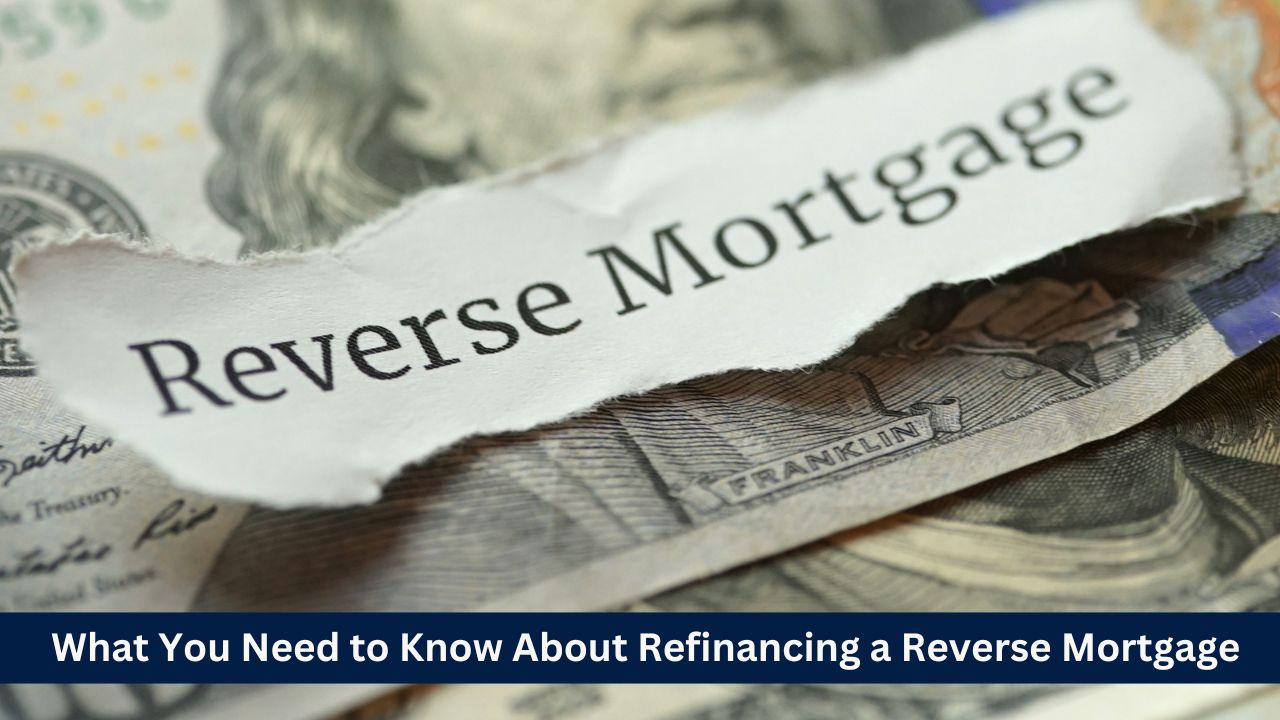Why Shopping for a Mortgage Can Save You Thousands
 When buying a home or refinancing, comparing mortgage options can make a significant financial difference. Many borrowers assume that the first loan offer they receive is the best one, but taking the time to explore multiple lenders can lead to substantial savings.
When buying a home or refinancing, comparing mortgage options can make a significant financial difference. Many borrowers assume that the first loan offer they receive is the best one, but taking the time to explore multiple lenders can lead to substantial savings.
How Comparing Mortgages Saves Money
Lower Interest Rates: Even a slight difference in interest rates can impact your monthly payments and the total amount you pay over the life of your loan. A lower rate can mean saving thousands of dollars in interest.
Reduced Fees and Costs: Some lenders charge higher origination fees, closing costs, or prepayment penalties. Shopping around helps you identify these expenses and avoid unnecessary costs.
Better Loan Terms: Different lenders offer different terms, such as fixed or adjustable-rate mortgages, and varying loan lengths. Understanding your options allows you to choose a loan that best fits your long-term financial goals.
Avoiding Unfavorable Conditions: Not all mortgages are created equal. Some come with conditions that may not suit your financial situation, such as balloon payments or high penalties for early payoff. Comparing offers ensures you choose a loan that works for you.
Steps to Finding the Best Mortgage
1. Set a Budget: Before applying for a mortgage, determine how much you can comfortably afford. Consider your monthly income, expenses, and savings to establish a reasonable budget.
2. Check Your Credit Score: Your credit score affects the interest rate and loan options available to you. Reviewing and improving your score before applying can help you secure better terms.
3. Research Multiple Lenders: Don’t rely on a single lender’s offer. Compare options from banks, credit unions, and mortgage brokers to find the best deal.
4. Understand Loan Types: Decide between a fixed-rate mortgage, which offers stable payments, or an adjustable-rate mortgage, which may start lower but can increase over time. Consider how long you plan to stay in the home and what works best for your financial goals.
5. Consider Loan Terms: A 15-year loan often has higher monthly payments but saves money in interest over time, while a 30-year loan offers lower payments with higher total interest costs. Choose the term that aligns with your financial strategy.
6. Get Pre-Approved: Pre-approval not only helps you understand what you can afford but also strengthens your position when making an offer on a home. Sellers take pre-approved buyers more seriously, which can give you an advantage in competitive markets.
7. Work with a Mortgage Professional: A mortgage broker can help you compare multiple loan options, saving you time and potentially securing better rates than you might find on your own.
Taking the time to shop around for a mortgage is one of the smartest financial decisions you can make. By comparing lenders and loan options, you can secure a mortgage that fits your needs while saving money over time.
 Knowing how to calculate mortgage payments can help you plan for homeownership and budget effectively. Several factors determine your monthly payment, including the loan amount, interest rate, and loan term. Here’s a step-by-step guide to understanding the process.
Knowing how to calculate mortgage payments can help you plan for homeownership and budget effectively. Several factors determine your monthly payment, including the loan amount, interest rate, and loan term. Here’s a step-by-step guide to understanding the process. If you have a reverse mortgage, you may be wondering whether refinancing is an option. The good news is that yes, you can refinance a reverse mortgage, and doing so may offer financial benefits depending on your situation. Here’s what you need to know about refinancing, including reasons to consider it, eligibility requirements, costs, and key factors to keep in mind.
If you have a reverse mortgage, you may be wondering whether refinancing is an option. The good news is that yes, you can refinance a reverse mortgage, and doing so may offer financial benefits depending on your situation. Here’s what you need to know about refinancing, including reasons to consider it, eligibility requirements, costs, and key factors to keep in mind.